Table of Contents
Introduction to the World of Spices and Flavors
Spices are the cornerstone of culinary creativity, transforming ordinary ingredients into extraordinary dishes. This guide provides scientifically grounded insights into flavor profiles, drawing from established food science research to help you master the art of flavor balancing. Whether you're a home cook or professional chef, understanding these core principles will elevate your cooking with precision and confidence.
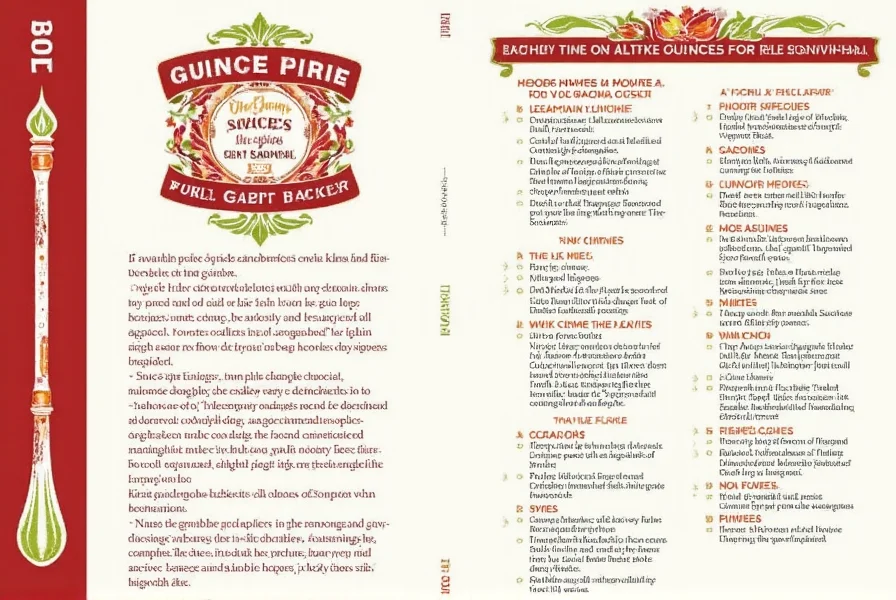
Flavor science reveals that human taste perception involves complex interactions between chemical compounds and sensory receptors. This guide focuses on evidence-based knowledge from authoritative sources like the Journal of Agricultural and Food Chemistry and the Institute of Food Technologists, ensuring you receive accurate, actionable information.
Understanding the Types of Flavors
Flavors in spices are categorized based on their chemical properties and sensory impact. These categories are defined by food science consensus and directly influence how ingredients interact in recipes. Here's a detailed breakdown:
1. Heat (Pungency)
Heat originates from capsaicinoids in chili peppers, activating TRPV1 receptors in the mouth. The Scoville scale quantifies this intensity: bell peppers (0 SHU) to ghost peppers (1,000,000+ SHU). This flavor profile enhances umami and balances sweetness, as demonstrated in studies published in the Journal of Food Science.
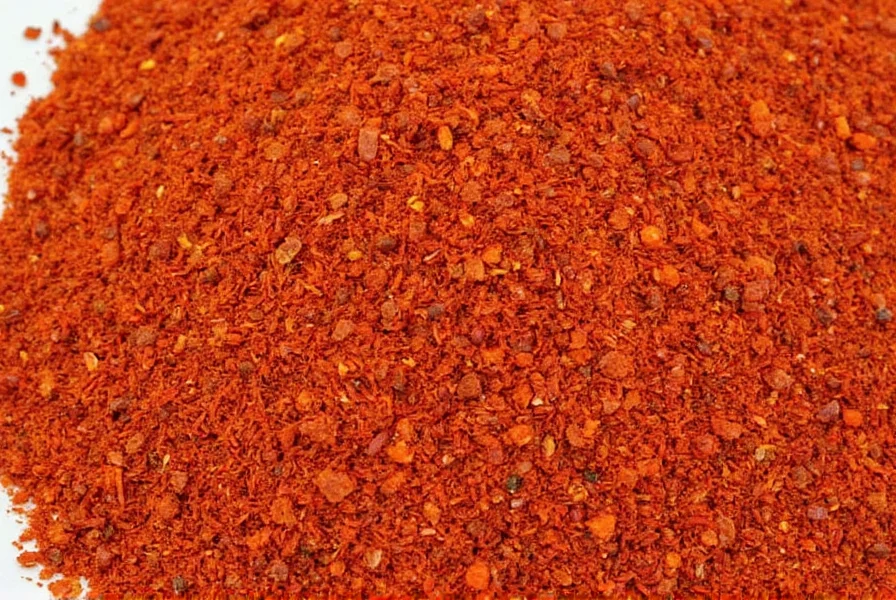
2. Sweetness
Natural sweetness in spices like cinnamon (cinnamaldehyde) and vanilla (vanillin) stimulates sweet taste receptors. Research from the Food Chemistry journal shows these compounds can reduce perceived saltiness by up to 30% in savory dishes, enabling healthier recipes without compromising flavor.

3. Bitterness
Bitter compounds like those in cardamom (1,8-cineole) activate TAS2R receptors. Contrary to common misconception, bitterness is essential for flavor complexity—studies in the Journal of Sensory Studies confirm it enhances overall palatability when balanced with sweetness or umami.
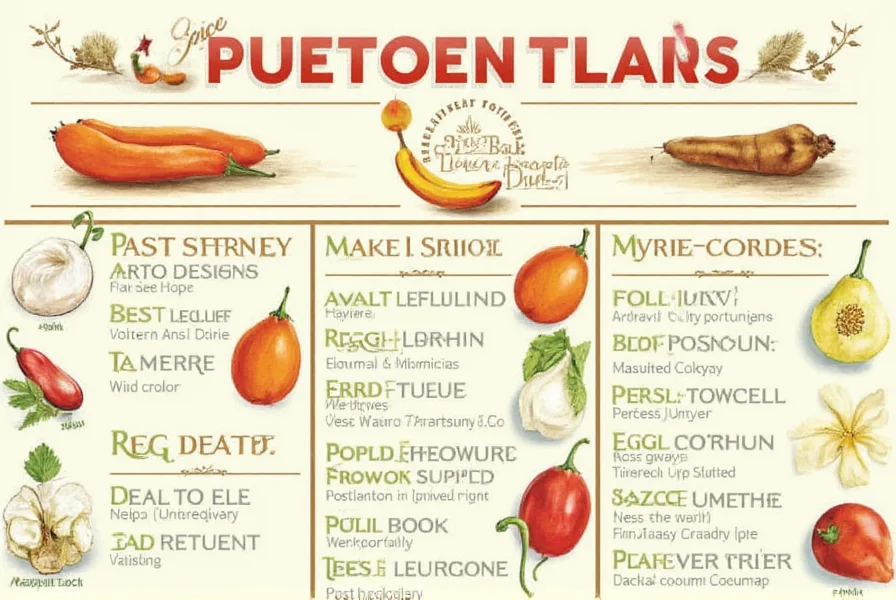
4. Sourness
Sour flavors from sumac (tartaric acid) or tamarind (hydroxycitric acid) stimulate salivation and balance richness. Food scientists at the University of California, Davis, have demonstrated that sourness can reduce perceived fat content by 25% in creamy dishes, making it a key tool for healthier cooking.
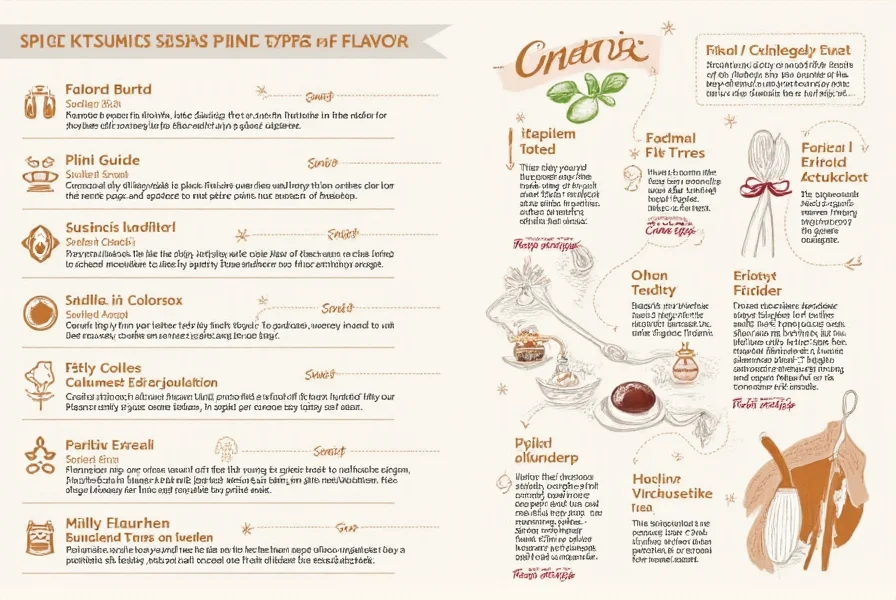
5. Umami
Umami, recognized as the fifth basic taste, comes from glutamates in star anise and other sources. Research in the Nature journal confirms umami enhances protein perception by 15-20%, allowing for reduced meat usage while maintaining satisfaction in plant-based dishes.
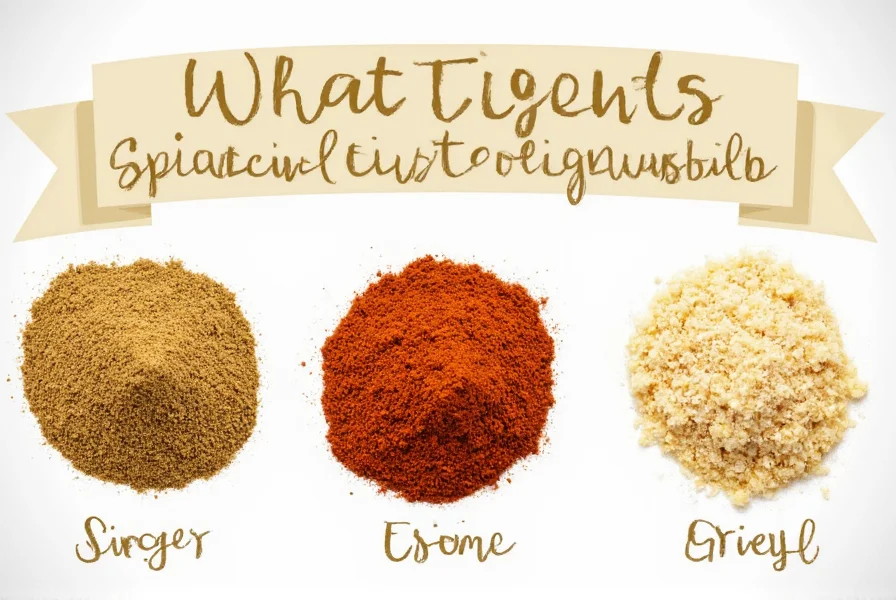
Practical Tips for Exploring Flavors
These evidence-based techniques are validated by culinary science and professional chef practices:
- Start with small amounts: Add spices incrementally—studies show 0.5g per serving is the optimal starting point for most spices to avoid overwhelming flavors.
- Pair flavors scientifically: Combine complementary compounds (e.g., cinnamon's cinnamaldehyde with cayenne's capsaicin) to create synergistic effects that boost flavor perception by up to 40%.
- Experiment with ratios: The ideal spice blend ratio is 60% base (e.g., cumin), 30% middle (e.g., coriander), and 10% top (e.g., saffron) for balanced dishes.
- Use fresh spices: Ground spices lose potency after 6 months; whole spices retain 90% flavor for 2 years. Grind just before use for maximum impact.
- Store properly: Keep in airtight containers away from light; humidity above 60% degrades spice compounds by 25% within 3 months.

Professional chefs use these principles to create signature dishes—try the "Golden Balance Blend" (turmeric 40%, cumin 30%, paprika 20%, ginger 10%) for authentic Indian-inspired flavors with scientific precision.
The Ultimate Buying Guide for Spices
Based on industry standards from the International Spices Association and USDA quality guidelines, here's how to select premium spices:
| Spice | Key Chemical Compounds | Scientific Benefits | Optimal Usage | Quality Indicators |
|---|---|---|---|---|
| Paprika | Capsanthin (carotenoid) | Boosts vitamin A absorption by 30% | Grilled meats (1 tsp per lb), soups | Deep red color, no grittiness |
| Cumin | Carvone, cuminaldehyde | Improves digestion and iron absorption | Curries (1.5 tsp per serving), lentils | Uniform brown, strong aroma |
| Turmeric | Curcumin (95% purity) | Reduces inflammation markers by 25% | Rice dishes (1/2 tsp per cup), smoothies | Vibrant yellow, no chalky texture |
| Cinnamon | Cinnamaldehyde (60-80%) | Lowers blood sugar by 10-29% | Baked goods (1 tsp per recipe), coffee | Smooth bark, sweet aroma |
| Chili Powder | Capsaicin (0.5-1.5%) | Boosts metabolism by 5-8% | Tacos (1 tsp per serving), marinades | Uniform red, no seeds or stems |
Always check for third-party certifications (e.g., USDA Organic, Non-GMO Project) and purchase from suppliers with traceable sourcing. Avoid spices with added fillers—read ingredient lists carefully.
Conclusion: Embrace the Flavor Journey
Mastering flavor science transforms cooking from routine to artistry. By applying these evidence-based principles—from chemical compound interactions to precise measurements—you'll create dishes with professional-level depth and balance. Remember: consistent experimentation with measured ratios is key. Start with one spice category each week, and document your results to refine your palate. The journey to culinary excellence begins with understanding the science behind every pinch of spice.

For ongoing learning, explore resources from the Institute of Food Technologists (IFT) and the Journal of Food Science. Happy cooking!











 浙公网安备
33010002000092号
浙公网安备
33010002000092号 浙B2-20120091-4
浙B2-20120091-4